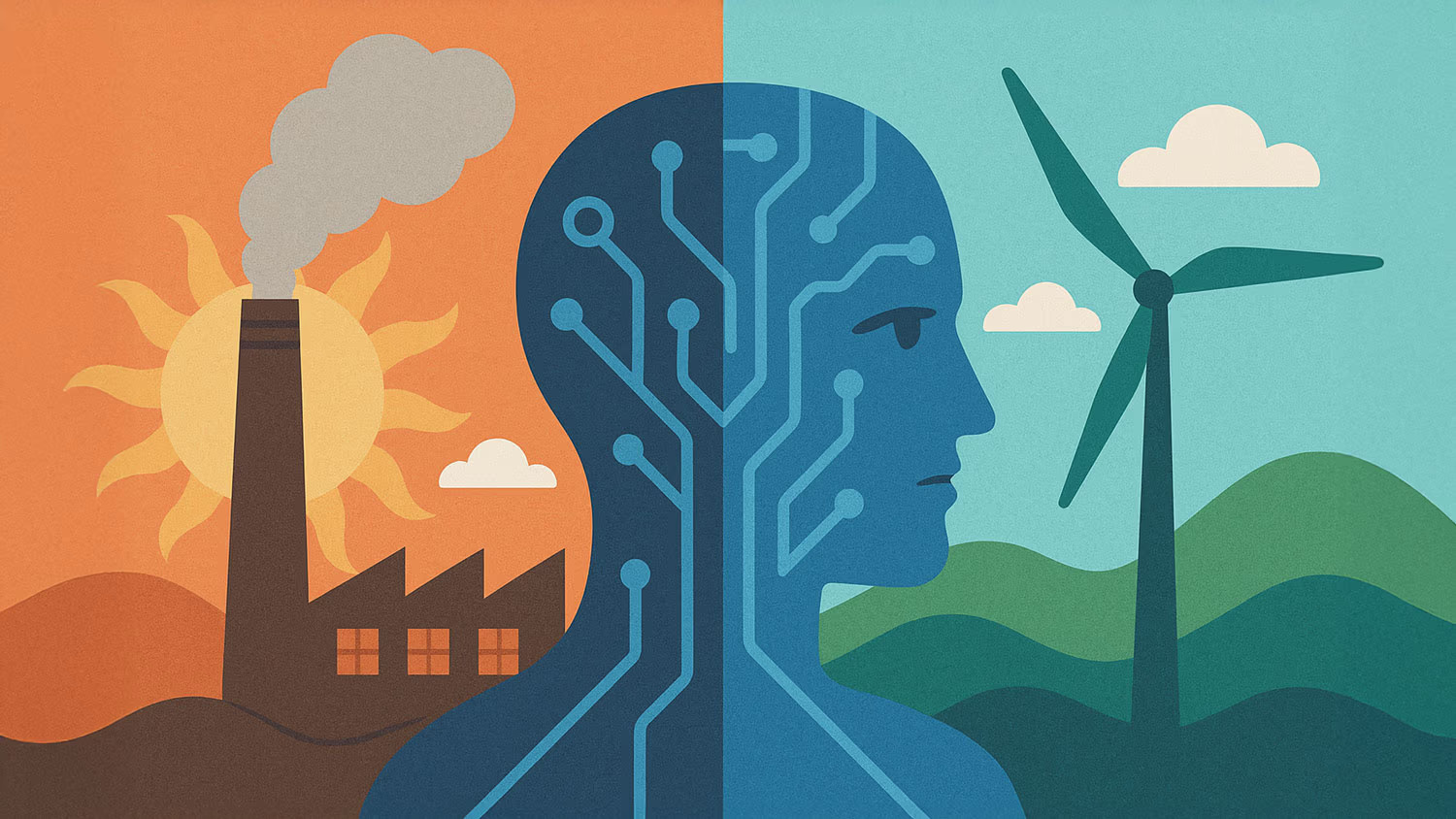Antarctica is warming twice as fast as the rest of the planet. In recent years, record temperatures have been recorded here: in March 2022, at the Concordia research station, the temperature exceeded the norm by 38.5 Celsius degrees. "Antarctica is no longer lifeless," claims Professor Andrew Shepherd from Northumbria University. Recently, he discovered a river with green algae in place of one of the melting glaciers.
We discuss three global changes that will radically transform Antarctica.
Glaciers are Melting Rapidly
Ice reserves on the continent are shrinking at an unprecedented rate. In 2023, the sea ice extent reached a record low, decreasing by an area comparable to the combined size of the United Kingdom, France, Germany, and Spain. And according to scientists' forecasts, this is far from the limit.
Additionally, large glaciers are breaking apart at an increasing pace. Massive icebergs, the size of Luxembourg, are calving and drifting into the Southern Ocean. Since the mid-20th century, Antarctica has lost 28,000 square kilometers of ice—enough water to supply the United Kingdom for a thousand years.

A photograph taken by the American satellite Landsat 8 shows the heavily fractured front (the lower boundary) of the Thwaites Glacier in West Antarctica, along with icebergs and sea ice near the shore. According to new research, ice sheets can retreat by more than 600 meters per day—20 times faster than previously estimated.
The Thwaites Glacier, known as the "Doomsday Glacier", holds back continental ice from flowing into the ocean. However, its collapse is inevitable. According to forecasts, the process could take 200 years, but scientists fear a sudden collapse—similar to what happened with the Larsen B Ice Shelf. If Thwaites disappears, the global sea level will rise by three meters, causing massive flooding.
Cities at Risk of Flooding
Rising sea levels will make coastal areas uninhabitable. At risk are not only island nations but also megacities such as London, New York, Shanghai, and Los Angeles. In total, more than 900 million people could be affected by flooding.
But the consequences of Antarctic ice melt are not limited to rising sea levels. Finding valuable meteorites, which have been encased in ice for thousands of years, is becoming more difficult. Additionally, geopolitical competition for Antarctica's resources—coal, oil, and gold—could intensify. Today, resource extraction is prohibited, but shrinking glaciers may turn the region into a battleground for control.

Phytoplankton bloom (plankton capable of photosynthesis) captured from space. The photo was taken on March 5, 2017, by the Landsat 8 satellite. It shows Granite Harbor—a bay near the Ross Sea—where the sea ice appears green due to phytoplankton bloom.

Ice Algae.
Antarctica is Coming to Life, But not Without Consequences
Once thought to be lifeless, Antarctica is gradually turning green. If ice melting continues until 2098, the area of snow-free land could increase by 25%. Even now, mosses and grasses are spreading rapidly, with their range expanding 5–10 times in just a decade.
However, along with plants, invasive species are appearing, threatening to disrupt the fragile ecosystem. For example, the Mediterranean mussel and the green shore crab, lacking natural predators, pose a danger to local marine life.

Mossy cover on bare rock, Norsel Point.

Mossy hummocks, Ardley Island.

Mossy meadow, Barrientos Island.
Significant changes are also affecting the ocean. The southern waters, which absorb about half of the carbon dioxide, are acidifying at a record pace. As a result, mollusk shells are thinning, while fish and corals suffer from oxygen deprivation and die. Krill, a key link in the food chain, has already declined by 70–80%, putting penguins at risk.
Emperor penguins, which depend on sea ice, are facing mass die-offs. In some regions, their population has decreased by 50%, and by 2100, it could shrink by 98%.

Adélie Penguins.
Human Impact Worsens the Situation
Antarctica is becoming more accessible to tourists. In 2024, the continent saw a record 100,000 visitors. However, the influx of travelers poses risks of spreading new diseases and increasing pollution. Cruise ships contribute to greenhouse gas emissions, accelerating ice melt.
Antarctica is changing rapidly. The question is how quickly humanity will realize the consequences of these transformations and whether anything can be done to slow them down.
The Heat Ahead

Intervene to Save
Can We Cool the Earth Without Disrupting the Climate Balance? The UK Launches Large-Scale Experiments

AI’s Carbon Conundrum
The technology that could save the planet might also help burn it

'Climate Realism'
A World Three Degrees Warmer—and Colder in Blood

Marine Heat as the New Normal
What’s Behind the Oceans’ Unprecedented Warming?

Melting Glaciers Threaten Large-Scale Consequences for the Planet
Why Can’t the World Afford to Lose Its Ice?

